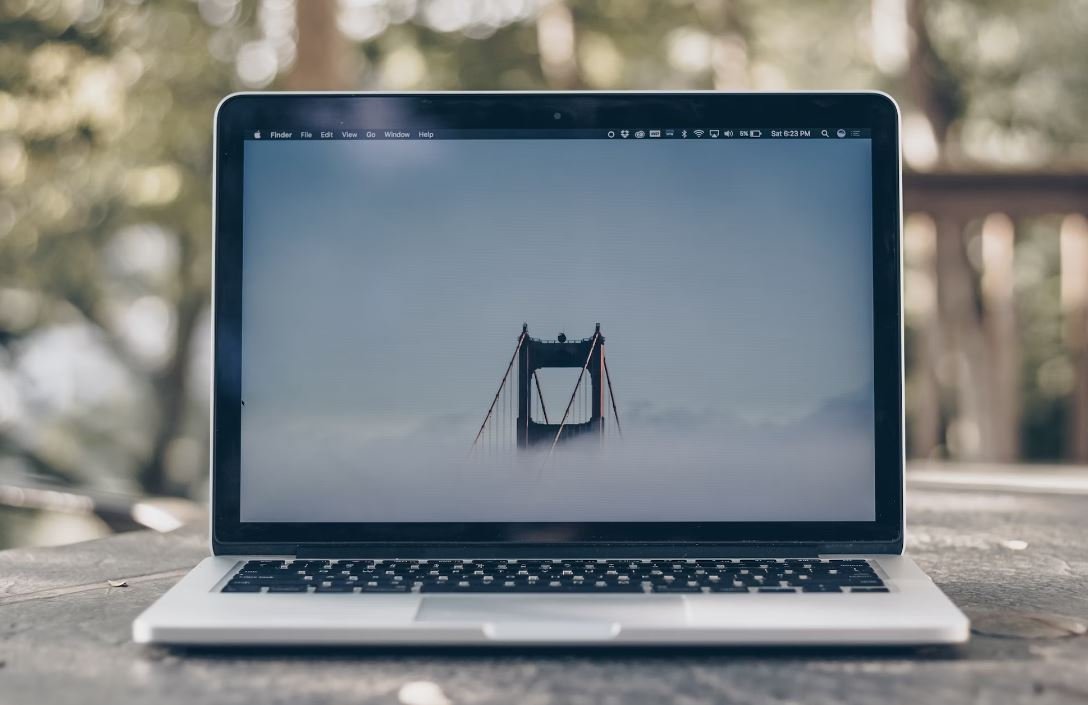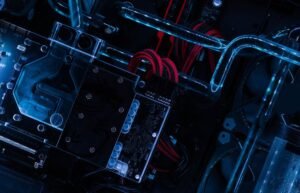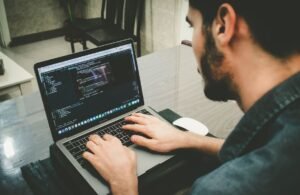How Are Deepfake Videos Created?
Deepfake videos are increasingly becoming a cause for concern as they can be used to spread misinformation and falsely depict individuals in compromising situations. Understanding how these videos are created can help the general public be more critical when consuming media content. In this article, we explore the techniques and technologies involved in the creation of deepfake videos.
Key Takeaways:
- Deepfake videos use artificial intelligence to manipulate and alter existing videos to create realistic but fake content.
- Machine learning algorithms analyze and mimic the targeted person’s speech, facial expressions, and movements.
- Deepfakes pose ethical and legal challenges, calling for increased awareness and regulation in their usage.
Deepfake videos are created using a combination of artificial intelligence (AI) and machine learning techniques. These videos typically involve swapping faces in an existing video with someone else’s face, creating a convincingly altered version. *The use of AI algorithms enables the manipulation of pixels within a video to generate realistic and seamless results.* It involves training a deep learning model on a large dataset containing both the target person and the source person whose face will be swapped.
The process of creating a deepfake video begins by collecting a significant amount of data about the target individual, including images and videos from different angles and lighting conditions. This material is used to train the AI model to accurately reproduce the target’s facial expressions and movements. *By precisely learning the intricacies of the target’s appearance and behavior, the AI model can generate a synthesized version that closely resembles the person being mimicked.*
Techniques Used in Deepfake Videos Creation:
- Generative Adversarial Networks (GANs) are a common technique used to create deepfake videos.
- Autoencoders, which learn the underlying distribution of the input data, are also employed in the process.
- Face tracking and alignment algorithms ensure accurate positioning of the swapped face on the target’s head.
Generative Adversarial Networks (GANs) are a widely used technique in deepfake video creation. GANs consist of two networks: a generator network that creates the deepfake video, and a discriminator network that evaluates the generated output against real videos. *This adversarial setup enables the generator network to refine its output until it is realistic enough to deceive the discriminator network.* Autoencoders are another technique used, which aim to reconstruct the input data by compressing it into a lower-dimensional space and then decoding it back to its original form.
| Advantages | Explanation |
|---|---|
| Entertainment | Deepfake videos can be used for creative and humorous purposes, such as inserting celebrity faces in movies or music videos. |
| Visual Effects | Deepfakes can be utilized in the film industry to save money and time on costly makeup and special effects. |
| Training and Education | Deepfake technology can be valuable for simulating real-life scenarios in fields such as medical training and disaster preparedness. |
*While deepfake videos have both advantages and disadvantages, it is essential to be aware of their potential negative impact on society.* The ability to manipulate videos and change people’s identities raises concerns about misinformation, reputation damage, and the erosion of trust in media. Additionally, the potential use of deepfakes for malicious purposes, such as political manipulation or harassment, adds urgency to the need for responsible usage and regulation.
Combating Deepfake Videos:
- Development of advanced detection algorithms to identify fake videos.
- Public awareness campaigns to educate individuals about the existence and potential dangers of deepfake videos.
- Collaboration between technology companies, governments, and law enforcement to develop countermeasures and regulations.
Efforts to combat deepfake videos are underway. Researchers and engineers are working on developing sophisticated algorithms that can detect deepfakes with high accuracy. *Public awareness campaigns are also important to ensure individuals are mindful of the potential existence of deepfake videos and the risks associated with sharing or believing them without careful analysis.* Furthermore, collaboration between various stakeholders, including technology companies, governments, and law enforcement, can help in the development of robust countermeasures and legal frameworks to tackle deepfake-related challenges.
| Incident | Impact |
|---|---|
| Political Manipulation | Deepfake videos can be used to spread false information during elections, potentially swaying public opinion. |
| Reputation Damage | Individuals can be targeted by doctored videos that can harm their personal and professional lives. |
| Privacy Invasion | Deepfakes can be used to create explicit content involving non-consenting individuals, violating their privacy rights. |
*The incidents involving deepfake videos have highlighted the urgent need for countermeasures and regulations to mitigate the potential harm caused by their malicious use.* As technology advances, it is crucial for society to be proactive in addressing the risks associated with deepfakes and ensuring the responsible use of AI and machine learning techniques.
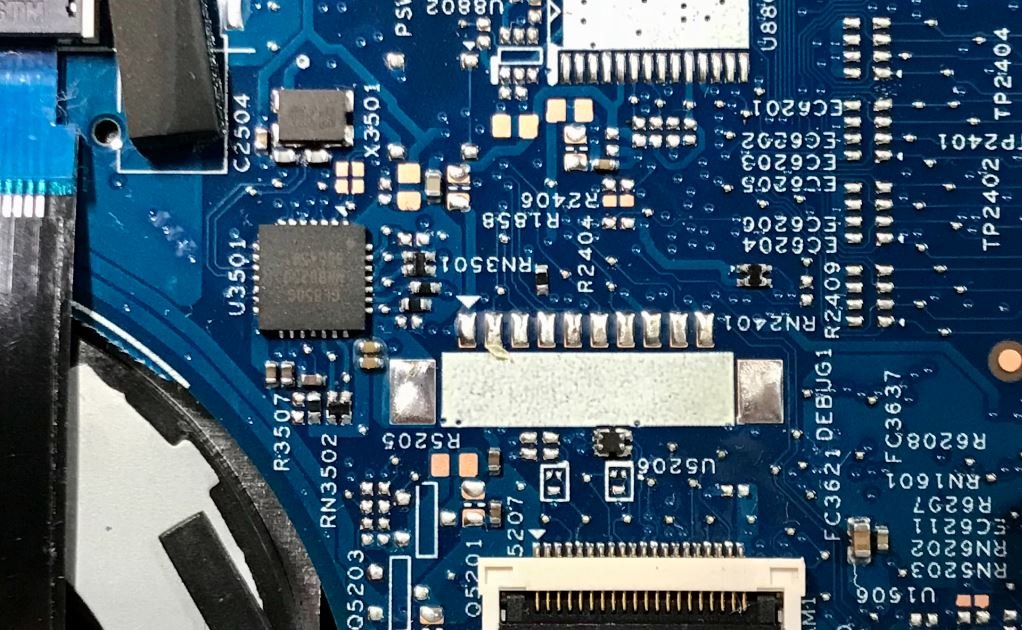
Common Misconceptions
Deepfake videos have gained significant attention in recent years as the technology behind them continues to improve. However, many people still have misconceptions about how these videos are created. Let’s debunk some of the common misconceptions surrounding deepfake video creation:
Misconception 1: Deepfakes can be created easily with basic software
- Creating deepfake videos requires specialized software and tools
- Expertise in machine learning and artificial intelligence is necessary
- Deepfakes cannot be created accurately with just a basic video editing software
Misconception 2: Deepfake videos are always used for malicious purposes
- While some deepfake videos can be used for harmful activities, not all deepfakes have negative intentions
- Deepfakes can be used for entertainment, art, or other non-malicious purposes
- It is important to distinguish between ethical and unethical use of deepfakes
Misconception 3: Deepfake videos are indistinguishable from real videos
- Although deepfakes can look highly convincing, there are often subtle signs that can give them away
- Artifacts, irregularities in facial expressions or movements are common in deepfakes
- Advanced detection methods can help identify deepfake videos
Misconception 4: Deepfake videos can manipulate any kind of footage
- Deepfake technology is primarily used for facial manipulation
- Creating deepfakes for body movements or entire scenes is more challenging and less common
- It is easier to create deepfakes with sufficient reference footage of the target person
Misconception 5: Deepfake videos are completely illegal
- While deepfakes can be used for illegal purposes, the creation of deepfake videos itself is not inherently illegal
- There may be legal implications if deepfakes are used for fraud, harassment, or other harmful activities
- Regulations regarding deepfakes vary by jurisdiction and need to be carefully considered
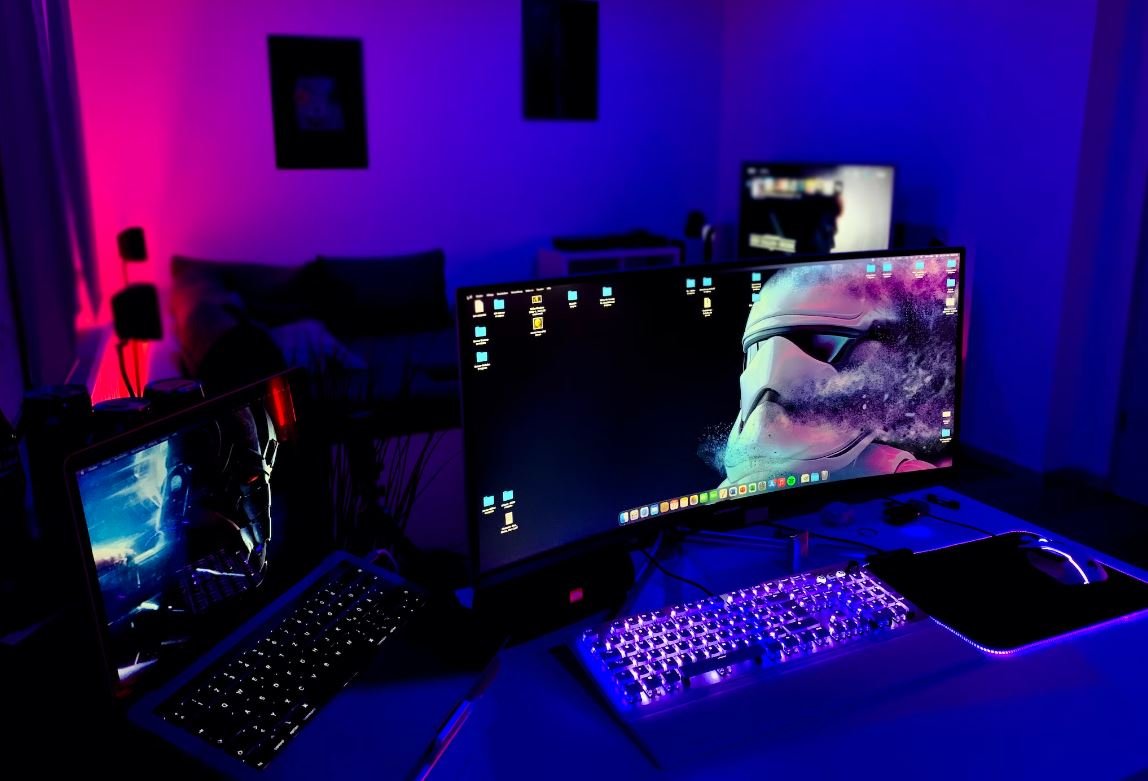
Introduction
Deepfake videos have gained significant attention in recent years due to their ability to manipulate and deceive viewers. Understanding how these videos are created is essential in order to recognize and combat their potential dangers. This article explores the different aspects involved in the creation of deepfake videos, unveiling the techniques and technologies used by developers.
Table of Contents
- Generative Adversarial Networks (GANs)
- Data Collection
- Face Alignment
- Feature Extraction
- Face Swap
- Audio Synthesis
- Lip Syncing
- Post-Processing
- Compression and Distribution
- Ethical and Legal Considerations
Generative Adversarial Networks (GANs)
GANs are a key component in creating deepfake videos. These neural networks consist of two parts: a generator that creates fake videos/images and a discriminator that distinguishes real from fake. By continuously competing and learning from each other, GANs produce highly convincing and realistic deepfake content.
Data Collection
To create deepfake videos, a large amount of training data is necessary. This data can be collected from various sources, including publicly available images and videos, which are then used to train the GANs. The quality, diversity, and quantity of data significantly impact the realism and accuracy of the final deepfake result.
Face Alignment
Face alignment involves detecting facial landmarks to ensure accurate alignment of the target face with the source face. This step is crucial to ensure that the swapped faces look natural and seamlessly integrate with the new environment.
Feature Extraction
Feature extraction is the process of capturing unique facial features, such as expressions, gaze, and details. This step enables the deepfake model to mimic the source face’s characteristic movements and behaviors, enhancing the realism of the final video.
Face Swap
The face swap process replaces the original face with the target face. Deepfake algorithms analyze facial data and adapt it to the target face, seamlessly blending the features and expressions to create a convincing swap. Cutting-edge techniques, such as FaceNet and OpenFace, are employed for this purpose.
Audio Synthesis
Deepfake videos often require matching audio to the altered visual content. Audio synthesis techniques, such as voice conversion and text-to-speech algorithms, are utilized to modify the sound of the target person’s voice to match the original speaker in the video.
Lip Syncing
Lip syncing ensures that the audio and visual components of the deepfake video remain synchronized. Advanced algorithms are used to accurately track and modify the lip movements of the target person, making it appear as though they are speaking the generated audio.
Post-Processing
After the initial deepfake is created, post-processing techniques are applied to refine and enhance the video’s quality. These techniques can include noise reduction, color correction, and blending effects to make the deepfake appear more realistic and polished.
Compression and Distribution
Once the deepfake video is ready, it is compressed to reduce file size without sacrificing much of the video’s quality. Various file formats and compression algorithms are employed, and the video is then distributed on various platforms, making it accessible to the public.
Ethical and Legal Considerations
Deepfake videos raise significant ethical and legal concerns, including potential misuse for defamation, harassment, or spreading misinformation. Legislation and policies are being developed to regulate the creation and distribution of deepfakes, emphasizing the importance of responsible use of this technology.
Conclusion
The creation of deepfake videos involves a sophisticated interplay of technologies, allowing for the creation of highly deceptive content. Understanding the processes utilized, from data collection to post-processing, is crucial in order to identify and counter the harmful effects of deepfakes. As this technology continues to evolve, enhancing awareness and implementing safeguards are vital to protect individuals and ensure the responsible use of artificial intelligence.
Frequently Asked Questions
What is a deepfake video?
A deepfake video is a type of manipulated media that uses artificial intelligence techniques to superimpose or replace someone’s face onto another person in a video.
How are deepfake videos created?
Deepfake videos are created using deep learning algorithms, particularly using a technique called Generative Adversarial Networks (GANs). These algorithms are trained on large datasets of facial images to learn the patterns and features necessary to generate realistic fake videos.
What is the purpose behind creating deepfake videos?
The primary purpose of creating deepfake videos varies. Some individuals may create them for entertainment or satire, while others may use them for malicious purposes, such as spreading misinformation, revenge porn, or even political manipulation.
Can deepfake videos be used for legitimate and non-harmful purposes?
Yes, there are legitimate uses of deepfake technology that do not involve harm or deception, such as in the movie industry for special effects or in academic research for studying human perception and computer vision.
What software or tools are commonly used to create deepfake videos?
Several software and tools are available for creating deepfake videos, including popular applications like DeepFaceLab, Faceswap, and FakeApp. These tools utilize sophisticated machine learning algorithms to manipulate and swap faces within videos.
How can individuals spot deepfake videos?
Detecting deepfake videos can be challenging because of their realistic appearance. However, some common indicators include unnatural facial movements, inconsistent lighting or shadows, glitches around the face, and unnatural eye or head movements.
Are there any technologies being developed to combat deepfake videos?
Yes, researchers and developers are actively working on developing technologies to detect and combat deepfake videos. This includes developing AI-based algorithms to identify fake content, creating digital watermarking techniques, and educating the public on how to recognize and verify video authenticity.
What are the potential risks associated with deepfake videos?
Deepfake videos pose significant risks, including spreading misinformation, facilitating identity theft, damaging reputations, and manipulating public opinion. Additionally, these videos can be used for cyberbullying and other harmful activities.
Are deepfake videos illegal?
The legality of deepfake videos varies depending on the jurisdiction and the intent behind their creation. In some cases, creating and distributing deepfake videos without consent can be considered illegal, especially if they are used for non-consensual pornography or to defame someone.
What can individuals do to protect themselves from deepfake videos?
To protect themselves from the negative effects of deepfake videos, individuals can be cautious about sharing or believing unverified videos, use reliable sources for news and information, report suspicious content, and stay informed about emerging technologies and their implications.

